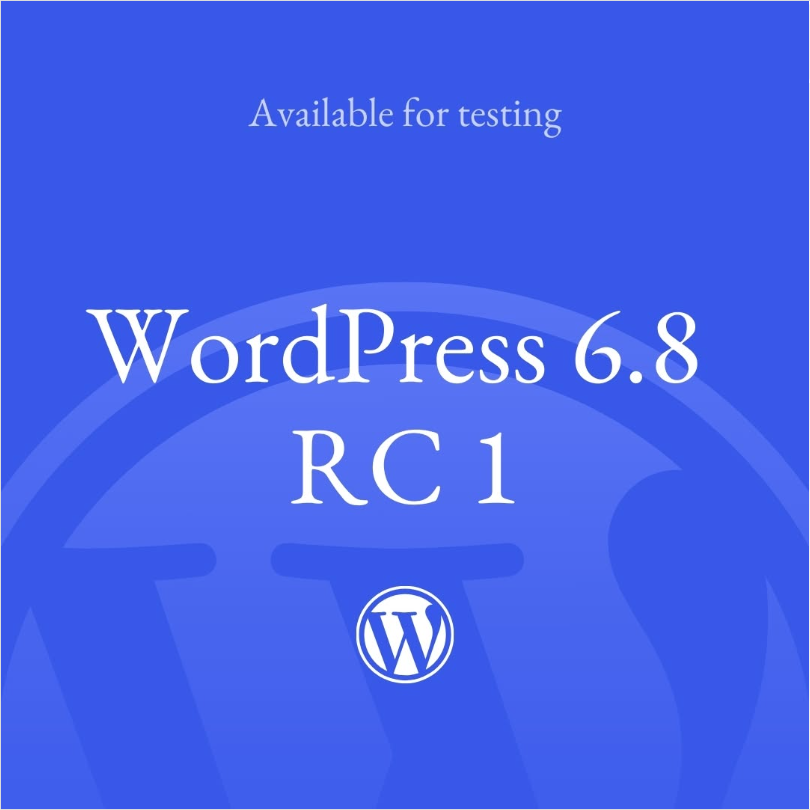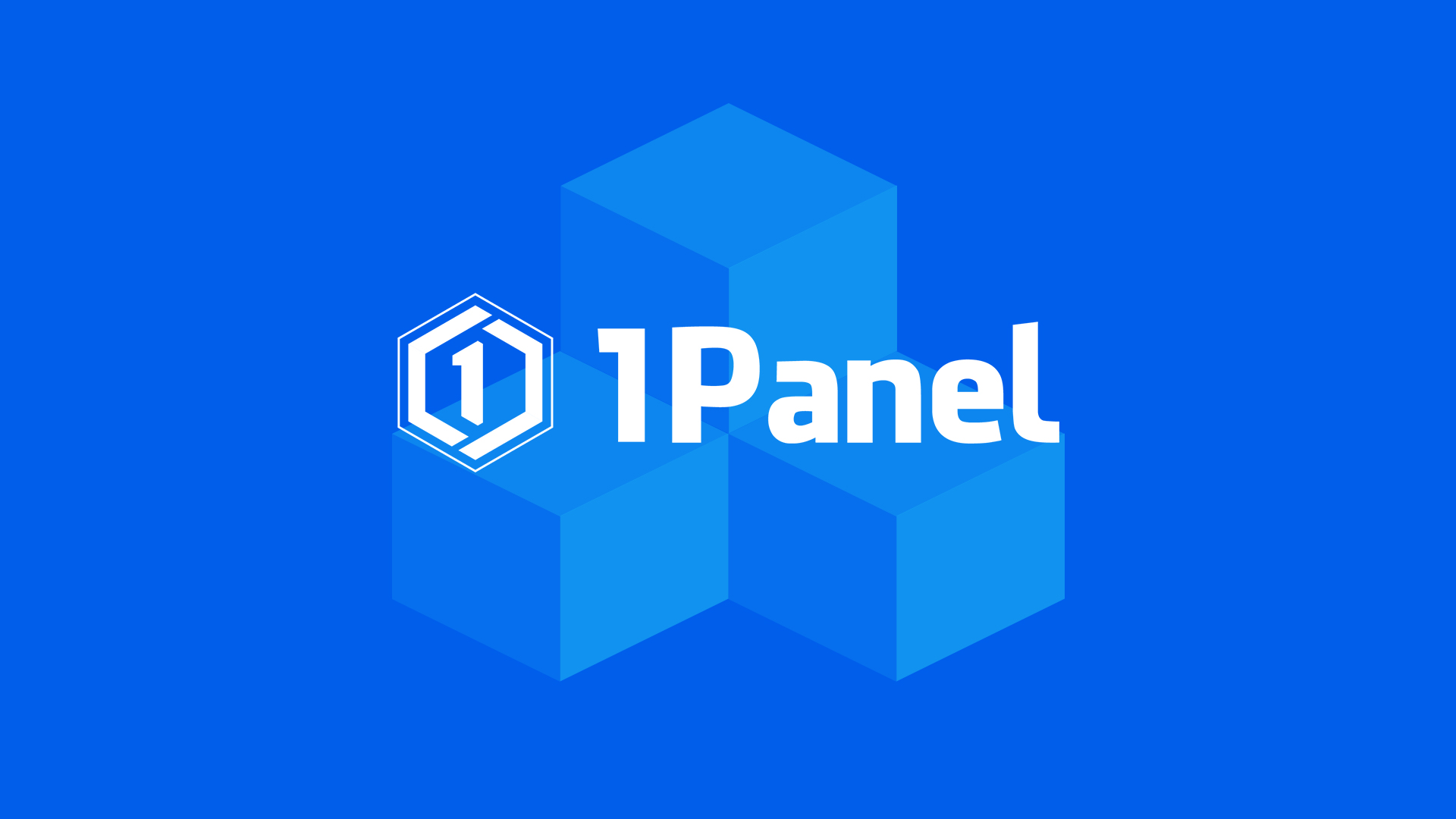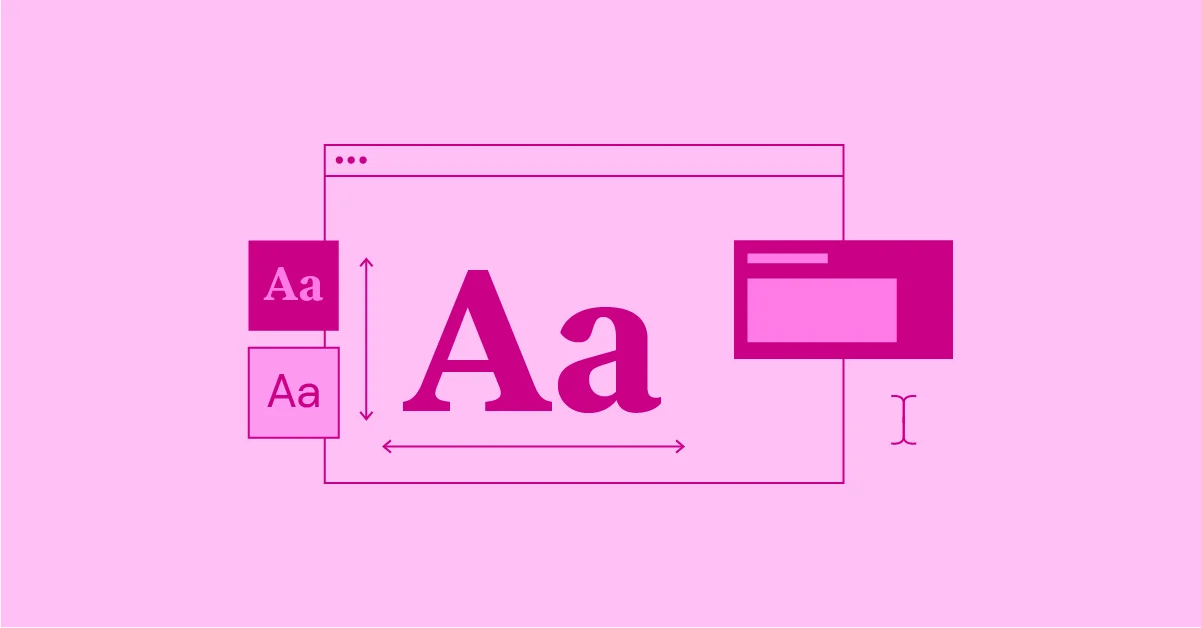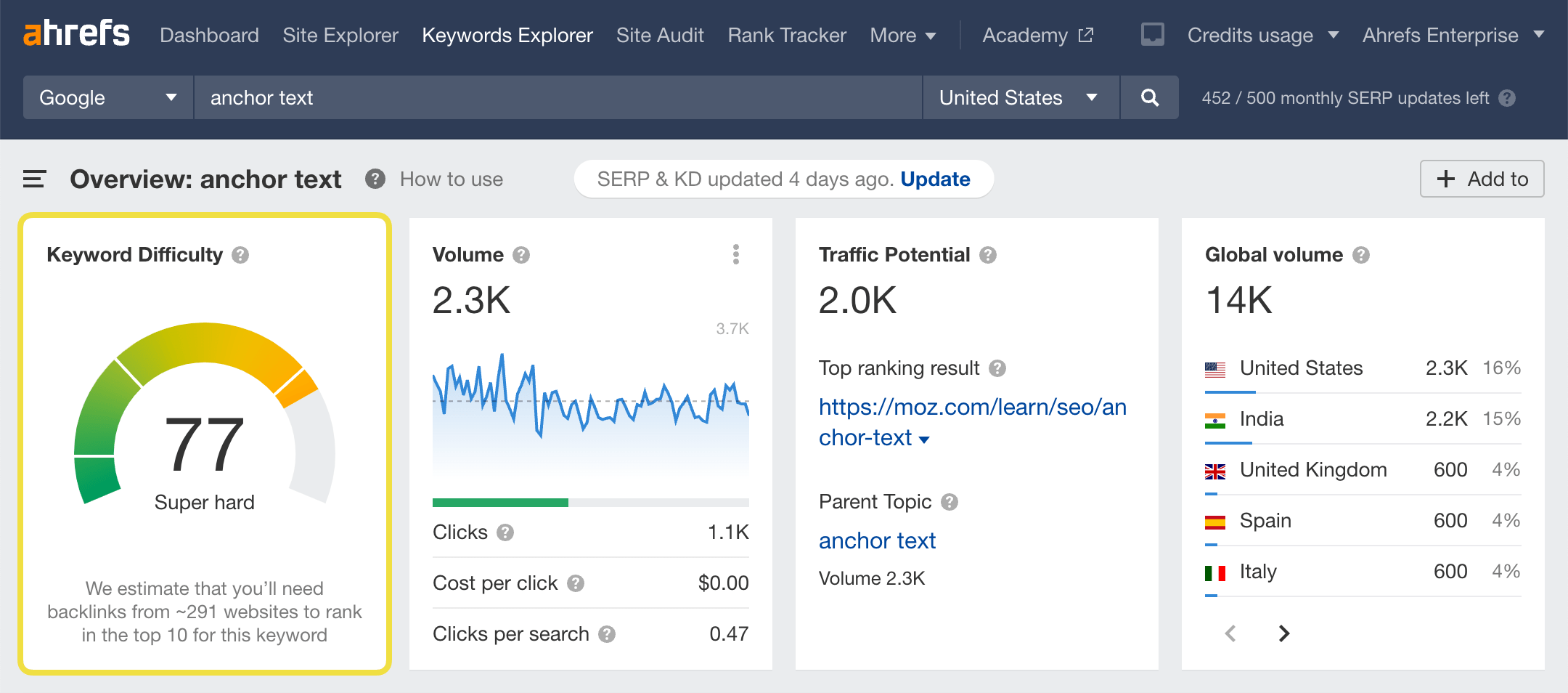WordPress It is one of the most popular web content management systems in the world, and it's a quick way to get started, whether you're building a personal blog or an official business website. In this article, we will continueInstalling the 1Panel PanelContinue to explain, in detail, WordPress on the local server environment configuration and website deployment of the whole process.
![Image [1]-WordPress Local Installation Tutorial: 1Panel environment configuration and station building process](http://gqxi.cn/wp-content/uploads/2025/07/20250711103324725-image.png)
I. Configuring the 1Panel Environment
1. Install OpenResty
- show (a ticket) 1Panel In the backend, go to "Application Management" > "All".
- Click to install OpenResty
- Default configuration is sufficient, you need to enable the port external access option
![Picture [2]-WordPress local installation tutorial: 1Panel environment configuration and station building process](http://gqxi.cn/wp-content/uploads/2025/07/20250711094451253-image.png)
![Picture [3]-WordPress local installation tutorial: 1Panel environment configuration and station building process](http://gqxi.cn/wp-content/uploads/2025/07/20250711094511811-image.png)
2. Installing MySQL
- Continue in the App Store by clicking MySQL
- Install and set the initial root password (remember it for later WordPress installations)
- External access to the port also needs to be enabled
- You can manage the database in "Database Management" after completion.
![Picture [4]-WordPress Local Installation Tutorial: 1Panel environment configuration and station building process](http://gqxi.cn/wp-content/uploads/2025/07/20250711094606976-image.png)
3. Installing Redis
- Open the 1Panel backend and go to Application Management > All
- Click to install Redis
- Default configuration is sufficient, you need to enable the port external access option
![Image [5]-WordPress Local Installation Tutorial: 1Panel environment configuration and station building process](http://gqxi.cn/wp-content/uploads/2025/07/20250711094817196-image.png)
4. Install PHPMyAdmin
![Picture [6]-WordPress local installation tutorial: 1Panel environment configuration and station building process](http://gqxi.cn/wp-content/uploads/2025/07/20250711094958116-image.png)
5. Installation of the PHP runtime environment
Find PHP in the store and click Install.
Fill in the name php runtime environment name, other content default.
Extended template selection WordPress.
![Picture [7]-WordPress local installation tutorial: 1Panel environment configuration and station building process](http://gqxi.cn/wp-content/uploads/2025/07/20250711095351881-image.png)
II. Creation of a website and database
? 1. New site
- Left Navigation > Site Management > Sites > New Site
![Image [8]-WordPress Local Installation Tutorial: 1Panel environment configuration and station building process](http://gqxi.cn/wp-content/uploads/2025/07/20250711095540390-image.png)
- Point open we need to select the operating environment, select the PHP operating environment we have just created, in the bulk add domain name input box to add their own domain names such as
- 123.com
- www.123.com
- Then click Generate
![Image [9]-WordPress Local Installation Tutorial: 1Panel environment configuration and station building process](http://gqxi.cn/wp-content/uploads/2025/07/20250711095842449-image.png)
? 2. New database
- "Database Management > MySQL > New Database
- Database name: e.g.
wordpress - Username: e.g.
wp_user - Password: Customized strong password
- Database name: e.g.
![Image [10]-WordPress local installation tutorial: 1Panel environment configuration and station building process](http://gqxi.cn/wp-content/uploads/2025/07/20250711095912473-image.png)
Upload and deploy the WordPress program
? 1. Download WordPress installation package
leave forWordPress official website WordPress.orgDownload the latest version of the WordPress file.
![Picture [11]-WordPress local installation tutorial: 1Panel environment configuration and station building process](http://gqxi.cn/wp-content/uploads/2025/07/20250711100150594-image.png)
After downloading, click on the website-site directory and open the root directory of the website
![Image [12]-WordPress local installation tutorial: 1Panel environment configuration and station building process](http://gqxi.cn/wp-content/uploads/2025/07/20250711100341404-image.png)
Click on Upload to upload the WordPress installer we just downloaded
![Picture [13]-WordPress local installation tutorial: 1Panel environment configuration and station building process](http://gqxi.cn/wp-content/uploads/2025/07/20250711100503361-image.png)
After uploading we unzip it, select our WordPress archive and click on More to unzip it.
![Image [14]-WordPress local installation tutorial: 1Panel environment configuration and site building process](http://gqxi.cn/wp-content/uploads/2025/07/20250711100622638-image.png)
After unzipping it will be a WordPress folder We need to move the files inside to the root directory of the website.
Open the folder you just unzipped, click on the name to select it all, click on Move in the upper right corner, and then return to the directory you just came from to paste it.
![Image [15]-WordPress local installation tutorial: 1Panel environment configuration and site building process](http://gqxi.cn/wp-content/uploads/2025/07/20250711100856807-image.png)
![Image [16]-WordPress local installation tutorial: 1Panel environment configuration and site building process](http://gqxi.cn/wp-content/uploads/2025/07/20250711100912228-image.png)
At this point our site files are configured.
IV. Installation SSL certificateand site configuration
Click on Website - Certificates and click on Acme Accounts to create an account.
![Picture [17]-WordPress local installation tutorial: 1Panel environment configuration and station building process](http://gqxi.cn/wp-content/uploads/2025/07/20250711101157523-image.png)
Enter any email here in the correct format.
![Picture [18]-WordPress local installation tutorial: 1Panel environment configuration and station building process](http://gqxi.cn/wp-content/uploads/2025/07/20250711101256153-image.png)
After creating successfully we apply for a certificate. Click apply for certificate, get your domain name from the website, check http, click finish
![Image [19]-WordPress Local Installation Tutorial: 1Panel environment configuration and station building process](http://gqxi.cn/wp-content/uploads/2025/07/20250711101350138-image.png)
Go back to Site Configuration and click Configuration
![Image [20]-WordPress local installation tutorial: 1Panel environment configuration and station building process](http://gqxi.cn/wp-content/uploads/2025/07/20250711101534147-image.png)
Find https in the site configuration and click on enable, select the certificate you just created.
![Picture [21]-WordPress local installation tutorial: 1Panel environment configuration and station building process](http://gqxi.cn/wp-content/uploads/2025/07/20250711101621485-image.png)
Find Pseudo-Static, select the WordPress solution, click Save and Reload
![Image [22]-WordPress local installation tutorial: 1Panel environment configuration and site building process](http://gqxi.cn/wp-content/uploads/2025/07/20250711101749104-image.png)
At this point we have completed the required configuration, next you can open the site to install WordPress.
V. Finish the WordPress Installation Wizard
? 1. Browser access to the website
Visit your bound domain name or server IP to go to the WordPress installation page:
- Language Selection: Simplified Chinese
- Database information is filled in:
- Database Name:
wordpress - Username:
wp_user - Password: the password you set
- Database Name:
All of the above information can be found in the database
![Image [23]-WordPress Local Installation Tutorial: 1Panel environment configuration and station building process](http://gqxi.cn/wp-content/uploads/2025/07/20250711102124191-image.png)
The host we copy from inside the link information
![Image [24]-WordPress local installation tutorial: 1Panel environment configuration and site building process](http://gqxi.cn/wp-content/uploads/2025/07/20250711102204784-image.png)
Once you've done that, set the site name, administrator account password, and you're in the WordPress backend.
VI. Follow-up recommended operations
?? Plugin Recommendation:
- Cache acceleration:WP Super Cache,LiteSpeed Cache
- Safety and security:Wordfence Security
- SEO Optimization:Yoast SEO,Rank Math
- Chinese optimization:WP Chinese Conversion
?? Topic Recommendation:
- Free Themes: Astra, Kadence, GeneratePress
- E-commerce themes: WoodMart, Flatsome (with WooCommerce)
summarize
Now, get your hands dirty and start your own website project! If you wish to learn more in-depth theme customization, plugin development or performance optimization, you can also stay tuned to our follow-up content.
If there is a problem following the content of the article please contact our customer service for a solution!
Link to this article:http://gqxi.cn/en/66918The article is copyrighted and must be reproduced with attribution.
























![Emoji[jingya]-Photonflux.com | Professional WordPress repair service, worldwide, rapid response](http://gqxi.cn/wp-content/themes/zibll/img/smilies/jingya.gif)






No comments